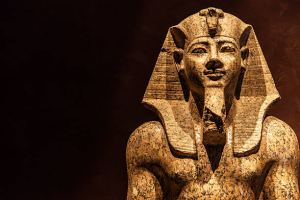Top 10 Interesting Facts about Chinchillas
You want to raise and learn about Chinchillas, a small, adorable animal with fascinating and unique facts. Here are the top picks for the interesting facts ... read more...about Chinchillas you may be interested in.
-
Chinchillas boasts an astonishingly plush, compact, and velvety fur that beckons. This opulent coat serves as an insulating shield against the frigid, high-altitude climes of the Andes Mountains in South America, their native abode.
Chinchillas have amazing fur. Firstly, these charismatic creatures possess the most abundant hair density amongst all mammals, with approximately 50-80 hairs sprouting from each follicle. This attribute contributes to the resplendent and dense nature of their fur. Moreover, their fur is endowed with hypoallergenic qualities, rendering it less prone to instigate allergic reactions in individuals sensitive to other fur varieties.
Additionally, chinchillas possess the remarkable ability to engage in dust baths, a ritual that bestows cleanliness and vitality upon their fur. They luxuriate in the embrace of fine volcanic ash or dust, which effectively eradicates surplus oil and moisture, thus preventing entanglement and soiling.
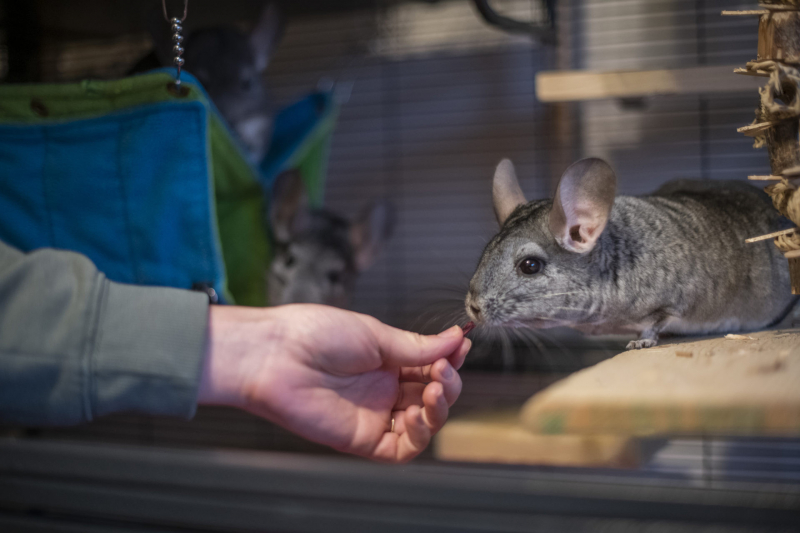
Image via Getty Images 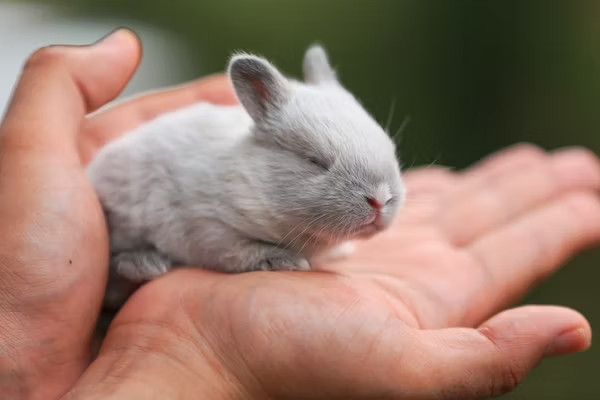
Image via Unsplash -
Were you aware that chinchillas have a luxurious fur coat that helps them keep warm in their natural habitat, the Andes Mountains? Unfortunately, this feature also makes them sensitive to overheating in areas with temperatures exceeding 75 degrees Fahrenheit (24 degrees Celsius).
To make matters worse, chinchillas cannot sweat like humans. They rely on alternate ways to regulate their body temperature, including heat dissipation through their large ears and panting. Nonetheless, these cooling processes are insufficient for dealing with heatstroke.
It is critical to provide chinchillas with a clean, well-ventilated environment. This can be accomplished by placing their enclosure in a shady area, providing adequate airflow, and avoiding direct sun exposure. You might even consider using small fans or air conditioning devices to help keep their environment comfortable.
You can even freeze ceramic or granite tiles and place them within their enclosure to rest on, providing further relief from the heat. A constant fresh water supply is also essential, as chinchillas require hydration to regulate their body temperature.
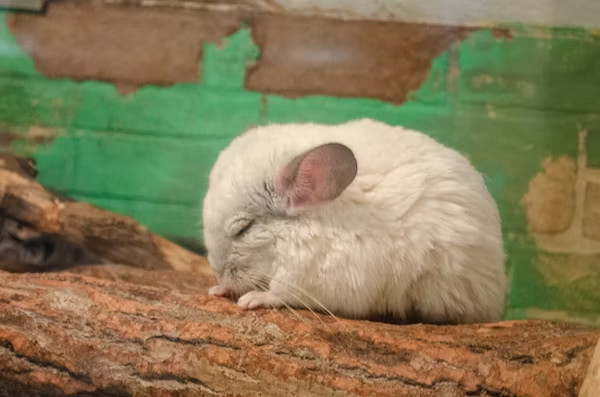
Image via Getty Images 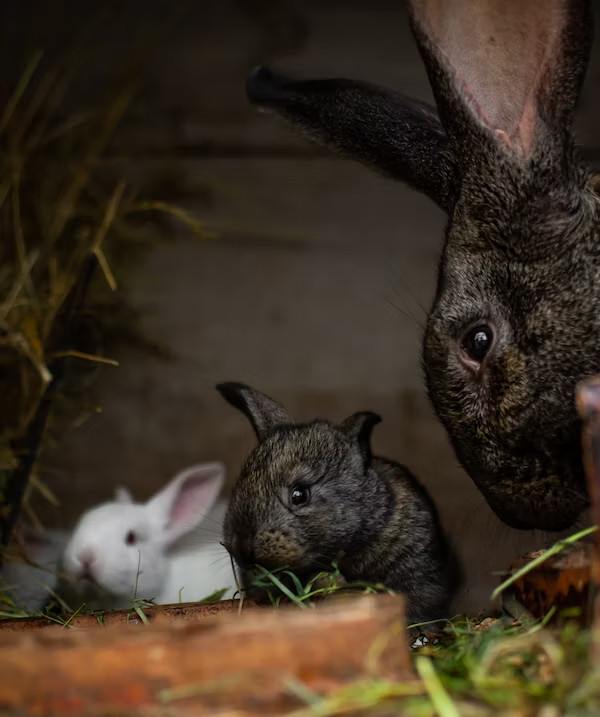
Image via Unsplash -
Chinchillas from the mountainous Andes Mountains of South America, a land devoid of water. As a result, its fur has evolved to repel moisture and inhibit the growth of bacteria and fungi. The simple sight of water can kick off a perilous cascade of events, culminating in a maze of tangled fur and imprisoned moisture, leading to severe illnesses such as fungal infections or hypothermia.
Rather than bathing in water, chinchillas engage in a practice known as dust bathing. They bask in a cloud of fine dust, whether volcanic ash or carefully curated chinchilla dust, which efficiently absorbs excess oils and filth from their fur. Dust washing not only cleanses their fur of pollutants but also protects its natural oils, leaving it soft and healthy.
To summarize, it is critical to avoid giving chinchillas water baths and instead encourage them to take dust baths. This method protects their natural fur condition and overall health.
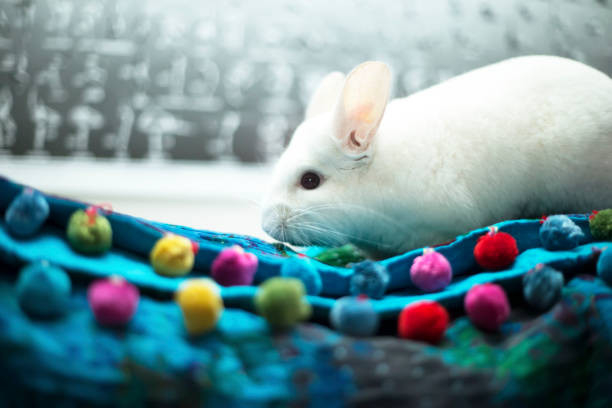
Image via Getty Images 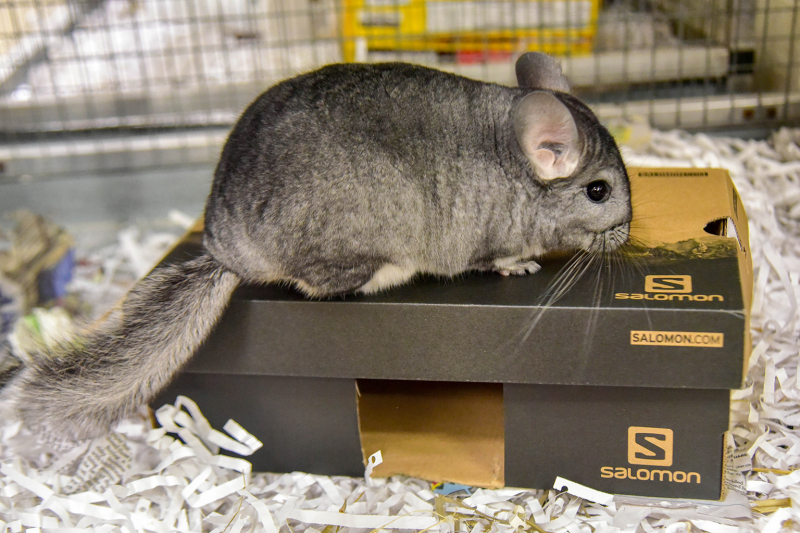
Image via Unsplash -
The chinchilla's never-ending tooth expansion is an unusual feature. This trait, known as open-rooted teeth, involves their teeth constantly extending to compensate for the erosion produced by chomping and nibbling on various objects.
It's fascinating how chinchillas have evolved to this never-ending dental growth. Their teeth are exquisitely designed to resist the abrasive food they face in the wild, which consists mostly of tough grasses and rough flora. Mastication with these foods speeds up the wear down of their teeth and prevents excessive elongation.
Nonetheless, it is critical to recognize that chinchillas' constant growth might occasionally result in dental problems. Misalignment or excessive tooth growth might cause discomfort and impair their eating ability. As a result, chinchilla guardians must provide their companions with proper dental care, including chew toys and frequent check-ups with a veterinarian specializing in exotic pets.
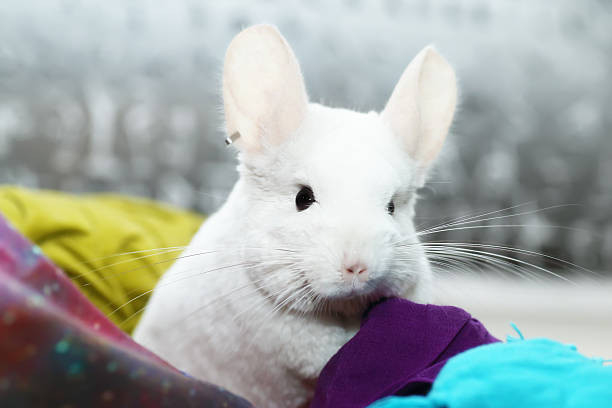
Image via Getty Images 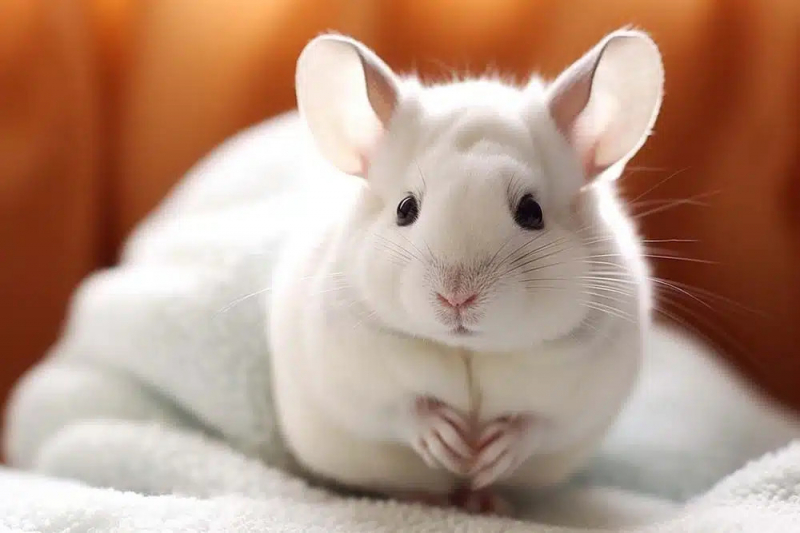
Image via Unsplash -
Indeed, chinchillas have an average lifespan of 10 to 20 years, but a handful have defied expectations by living for a whopping 30 years while being held prisoner! Chinchillas credit their ability to live a long and healthy life to their extraordinary adaptations.
Their fur, for example, is astonishingly dense and expertly insulates them against the harshest of temperatures, wrapping them in a cocoon of warmth within their native abode. South America's spectacular Andes Mountains. This adaptation protects them from the elements and serves as an effective defense mechanism against their unrelenting predators.
Chinchillas have a variety of endearing physiological characteristics that contribute to their lifespan. Consider their increased metabolic rate, which allows them to absorb food and extract essential nutrients more efficiently. Their large cecum, a specialized component of their digestive system, expertly aids in digesting a fiber-rich diet. This, combined with their natural proclivity to consume a herbivorous repertory of grasses and hay, contributes to their overall well-being.
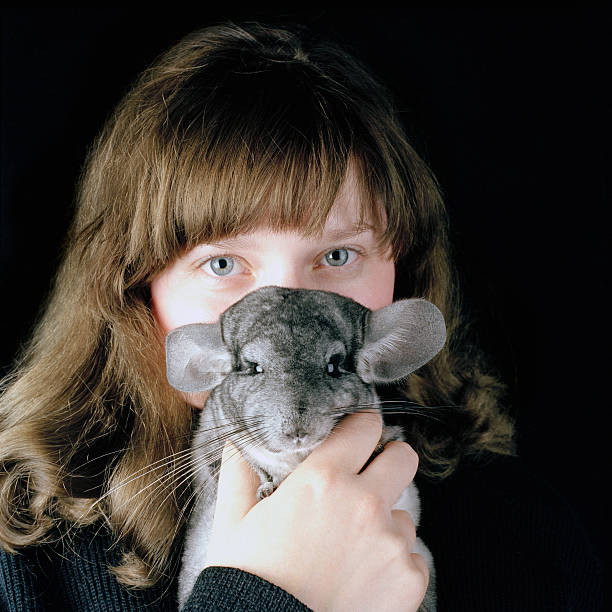
Image via Getty Images 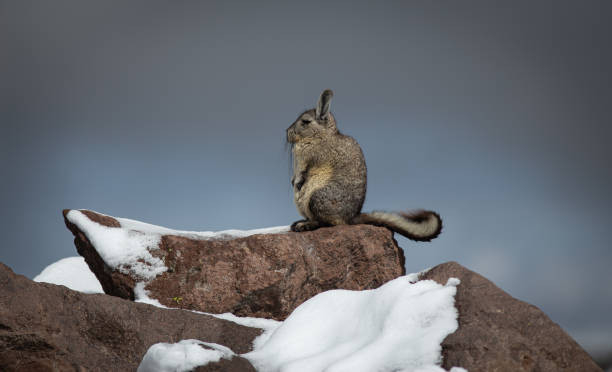
Image via Unsplash -
Chinchillas are classified into two breeds: standard chinchillas and royal Persian angora chinchillas. The most common and readily available breed is the regular chinchilla, which has a short and dense coat of fur that comes in various hues, including gray, beige, black, white, and violet. The royal Persian angora chinchilla is rare and expensive, with a long, silky fur coat that can reach 6 inches long. The Angora chinchilla features curled whiskers and ears and is only available in white or beige.
Both chinchilla breeds have distinct personalities and requirements. They symbolize intelligence, curiosity, and lively nature, demanding great care and stimulation. A comfortable enclosure brimming with toys, secret nooks, and chewy pleasures is essential to their happiness.
Chinchillas are natural herbivores who eat hay, pellets, and green vegetables. These critters also require a steady supply of fresh water and a spectacular dust bath to keep their sleek fur in exquisite shape.
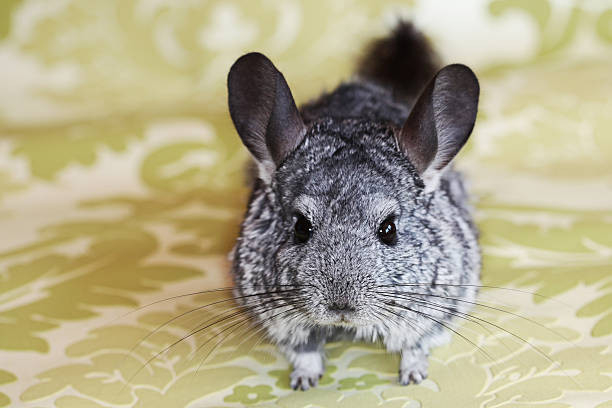
Image via Getty Images 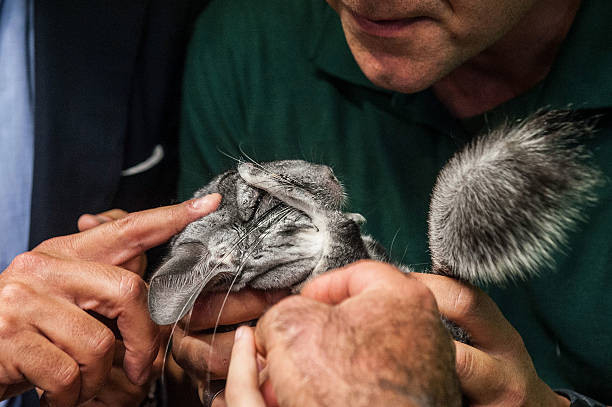
Image via Unsplash -
Chinchillas are charming rodents endemic to South America's Andes mountains. Their thick, velvety fur allows them to live in cold and dry areas. But did you know that chinchillas have a special manner of avoiding predators?
When trapped at the tail or hindquarters, chinchillas can rid themselves of their fur in a bold act of self-preservation. This astonishing maneuver, known as fur slip, allows them to flee danger quickly, leaving only a wisp of hair behind.
Although fur slip causes no harm to these creatures, the repercussions are serious, as recovery takes time. As a result, chinchilla caregivers must show extreme caution, abstaining from grabbing their companions in these susceptible areas. Instead, they should approach these remarkable sentient beings with compassion and attention. Chinchillas crave attention and care because of their innate sensitivity and intellect.
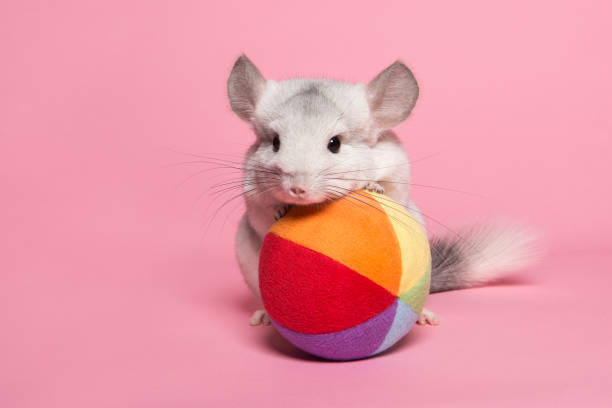
Image via Getty Images 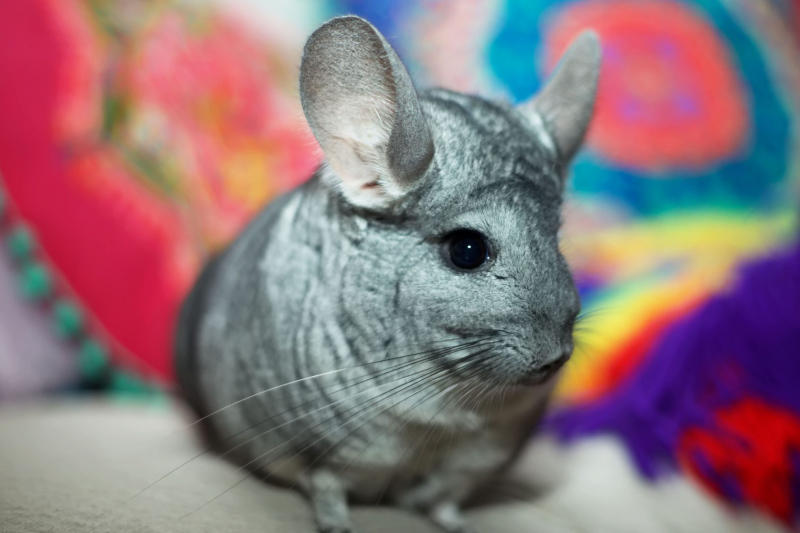
Image via Unsplash -
Chinchilla communication methods are among the fascinating things about them. They communicate through chirps, barks, and purring sounds, among other things. Their body language is very important in expressing emotions and intentions. Chinchillas, for example, may engage in play behaviors such as hopping and whirling in the air when joyful.
Chinchillas are also noted for their social grooming habits. They spend a lot of time grooming each other to keep their fur clean and develop their social relationships. This grooming habit aids in the establishment of trust and the maintenance of group cohesion.
To summarize, chinchillas are gorgeous and fluffy creatures and very social critters. Their extraordinary capacity to build strong social relationships and communicate in various ways.
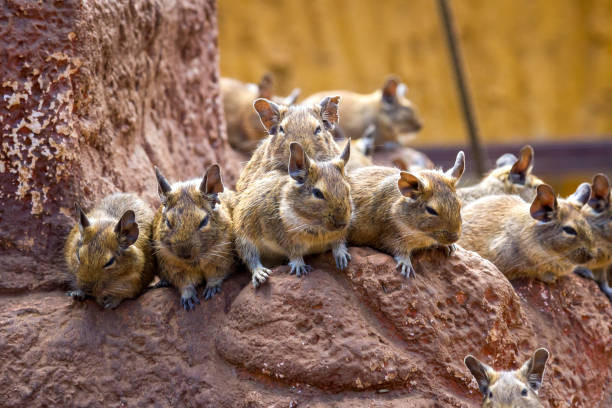
Image via Getty Images 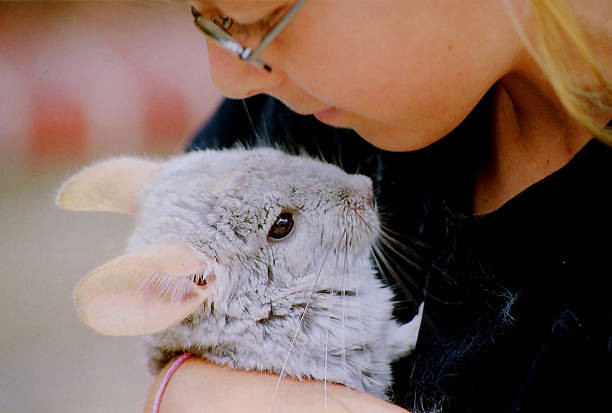
Image via Unsplash -
Chinchillas are endangered mammals found in South America's Andes mountains. They are distinguished by their soft and dense fur, which allows them to live in cold and dry areas. Chinchillas are also exceptionally social and clever animals, capable of forming great ties with their owners and other chinchillas.
Many dangers to chinchilla survival exist, including habitat degradation, poaching, and illegal trading. Chinchillas are hunted for their fur, which is used to produce jackets and other high-end clothing. Some individuals keep chinchillas as pets, although they are frequently neglected in terms of care and surroundings. Chinchillas require a lot of space, exercise, and attention, and they can live in captivity for up to 20 years.
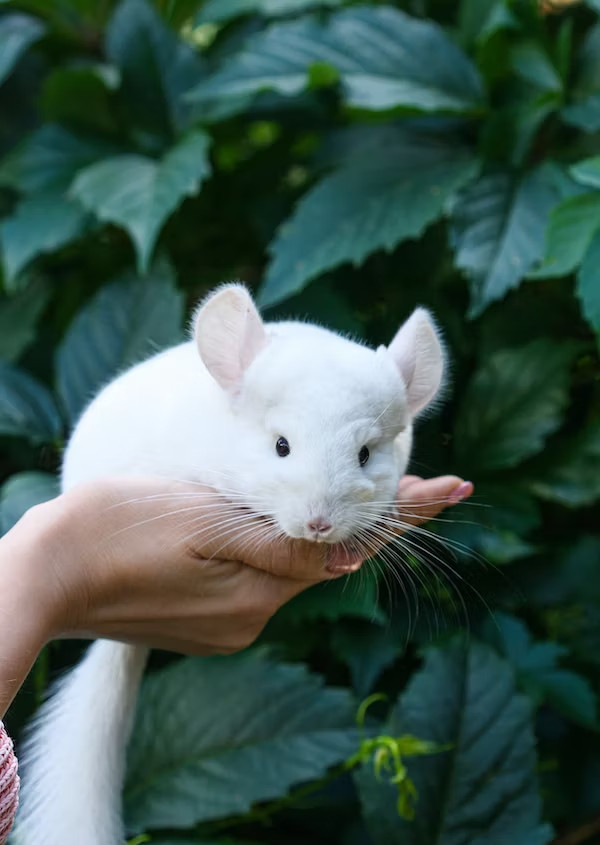
Image via Getty Images 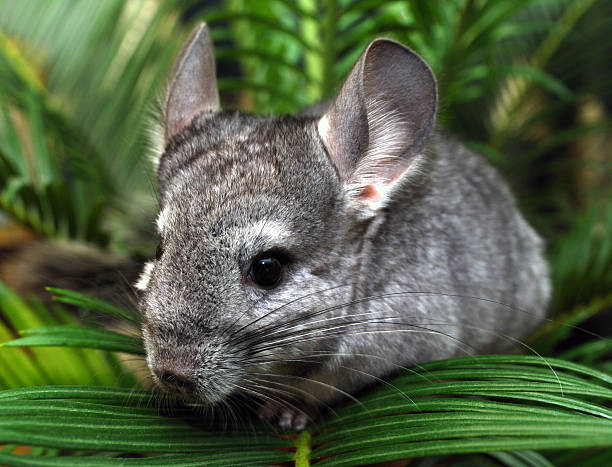
Image via Unsplash -
These beautiful critters have incredible hearing, critical to their survival in the wild. Because of their wide, round ears and sensitive auditory system, they can notice even the most inaudible sounds, keeping them awake and responsive to their surroundings.
Chinchillas can perceive sounds in the ultrasonic region, which is beyond the range of human hearing. This extraordinary aural acuity allows them to communicate with one another and keep alert to any risks in their habitat, such as predators or other perils.
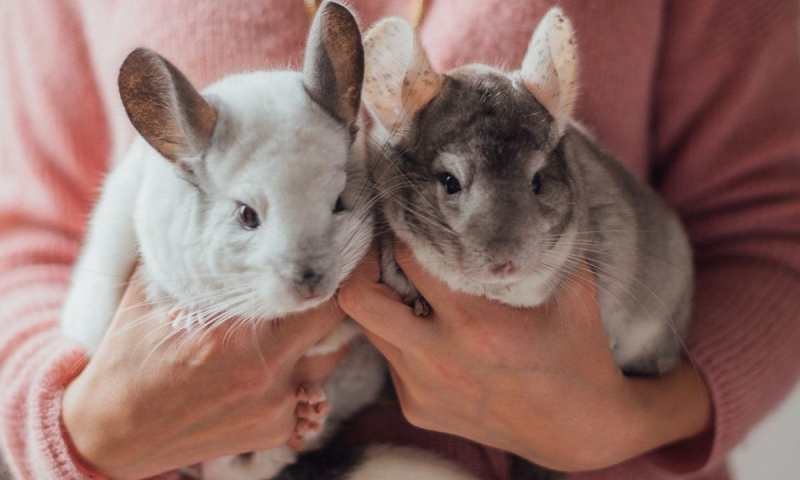
Image via Getty Images 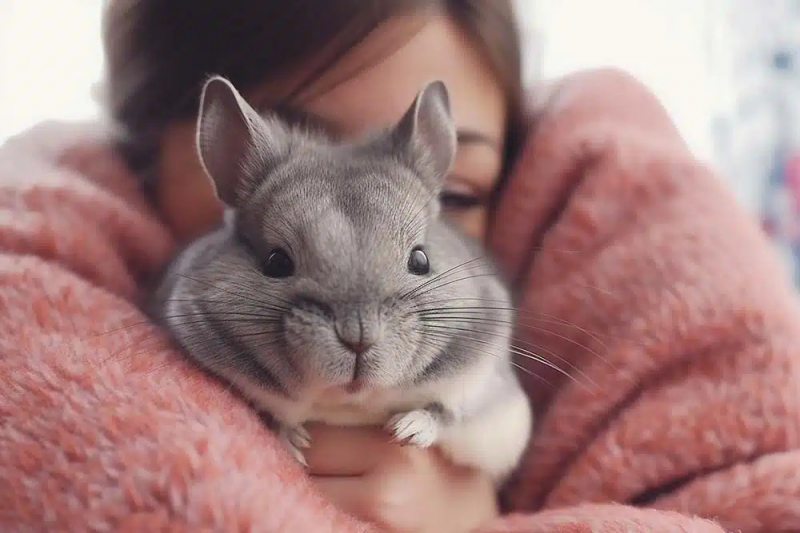
Image via Unsplash
























